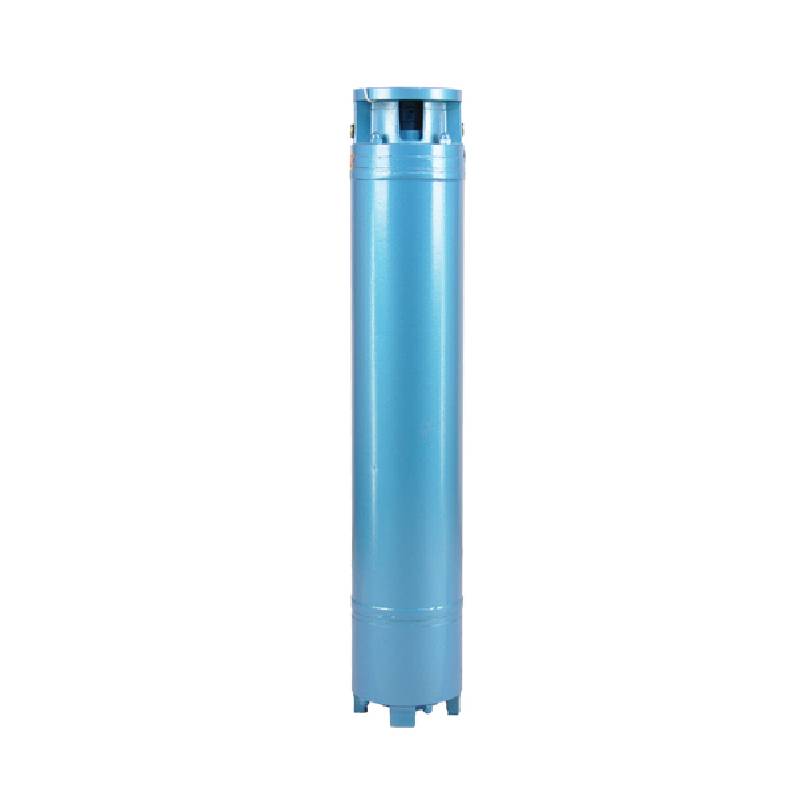Aug . 07, 2024 19:20 Back to list
Exploring the Advantages and Applications of Submersible Waterfall Pump Technology for Efficient Water Management
The Submersible Waterfall Pump A Comprehensive Guide
Submersible waterfall pumps are specialized devices designed to facilitate the movement of water in landscaping features, most notably in backyard waterfalls and fountains. These pumps are essential for creating the mesmerizing effects of flowing water and, by extension, enhancing the aesthetic appeal of gardens and outdoor spaces. Understanding how submersible waterfall pumps function, their benefits, and their maintenance can aid homeowners in making informed decisions for their landscaping projects.
Understanding Submersible Waterfall Pumps
A submersible pump operates by being submerged in the water it needs to move. Unlike external pumps, which require a suction line to pull water, submersible pumps push water to the surface using a motor that is hermetically sealed within the housing. The design of these pumps typically includes a series of impellers that increase the pressure and flow rate of the water. The more water a pump can move, the more impressive the waterfall effect will be.
Key Features
One of the most critical features of submersible waterfall pumps is their flow rate, usually measured in gallons per hour (GPH). Depending on the size of the waterfall or fountain, homeowners may need a pump with a higher or lower flow rate. For larger waterfalls, pumps with flow rates above 2,000 GPH are often ideal, while smaller features can function adequately with less powerful units.
Another important specification to consider is the pump’s maximum head height. This refers to how high the pump can push water vertically. Choosing a pump that meets the head height requirement of your waterfall design will ensure that the water flows correctly and creates the desired visual effect. Additionally, energy efficiency is a critical factor, as operating a waterfall pump continuously can lead to increased energy costs.
Benefits of Using Submersible Waterfall Pumps
submersible waterfall pump

The benefits of using submersible waterfall pumps are manifold. Firstly, they are designed to operate quietly, which helps maintain the tranquility of a garden environment. Unlike external pumps, which can create noise, submersible pumps not only perform effectively but also preserve the peaceful ambiance.
Moreover, submersible pumps are low-maintenance while providing robust performance. Many models come equipped with filters that keep debris out of the pump, thus reducing wear and the frequency of required cleaning. Furthermore, their waterproof nature means they are safe from damage that might befall external pumps during harsh weather conditions.
Installation and Maintenance
Installing a submersible waterfall pump is generally straightforward. Homeowners must ensure that the power source can support the pump's electrical requirements. The placement of the pump should also be strategic to optimize water flow and minimize obstruction from rocks or other landscaping features.
Regular maintenance involves cleaning the pump filters, checking for debris around the unit, and ensuring that the electrical connections are secure. Seasonal checks are advisable, particularly before winter, to prevent potential freeze damage.
Conclusion
Incorporating a submersible waterfall pump into a landscaping design adds not only beauty and tranquility but also a soothing rhythmic sound that enhances outdoor spaces. By understanding the pump’s features, benefits, and maintenance requirements, homeowners can enjoy the beauty of flowing water for years to come. As water features continue to rise in popularity, investing in a quality submersible waterfall pump can create a serene retreat right in your backyard, making it a worthy addition to any garden.
-
Submersible Water Pump: The Efficient 'Power Pioneer' of the Underwater World
NewsJul.01,2025
-
Submersible Pond Pump: The Hidden Guardian of Water Landscape Ecology
NewsJul.01,2025
-
Stainless Well Pump: A Reliable and Durable Pumping Main Force
NewsJul.01,2025
-
Stainless Steel Submersible Pump: An Efficient and Versatile Tool for Underwater Operations
NewsJul.01,2025
-
Deep Well Submersible Pump: An Efficient 'Sucker' of Groundwater Sources
NewsJul.01,2025
-
Deep Water Well Pump: An Efficient 'Sucker' of Groundwater Sources
NewsJul.01,2025
-
 Submersible Water Pump: The Efficient 'Power Pioneer' of the Underwater WorldIn the field of hydraulic equipment, the Submersible Water Pump has become the core equipment for underwater operations and water resource transportation due to its unique design and excellent performance.Detail
Submersible Water Pump: The Efficient 'Power Pioneer' of the Underwater WorldIn the field of hydraulic equipment, the Submersible Water Pump has become the core equipment for underwater operations and water resource transportation due to its unique design and excellent performance.Detail -
 Submersible Pond Pump: The Hidden Guardian of Water Landscape EcologyIn courtyard landscapes, ecological ponds, and even small-scale water conservancy projects, there is a silent yet indispensable equipment - the Submersible Pond Pump.Detail
Submersible Pond Pump: The Hidden Guardian of Water Landscape EcologyIn courtyard landscapes, ecological ponds, and even small-scale water conservancy projects, there is a silent yet indispensable equipment - the Submersible Pond Pump.Detail -
 Stainless Well Pump: A Reliable and Durable Pumping Main ForceIn the field of water resource transportation, Stainless Well Pump has become the core equipment for various pumping scenarios with its excellent performance and reliable quality.Detail
Stainless Well Pump: A Reliable and Durable Pumping Main ForceIn the field of water resource transportation, Stainless Well Pump has become the core equipment for various pumping scenarios with its excellent performance and reliable quality.Detail
